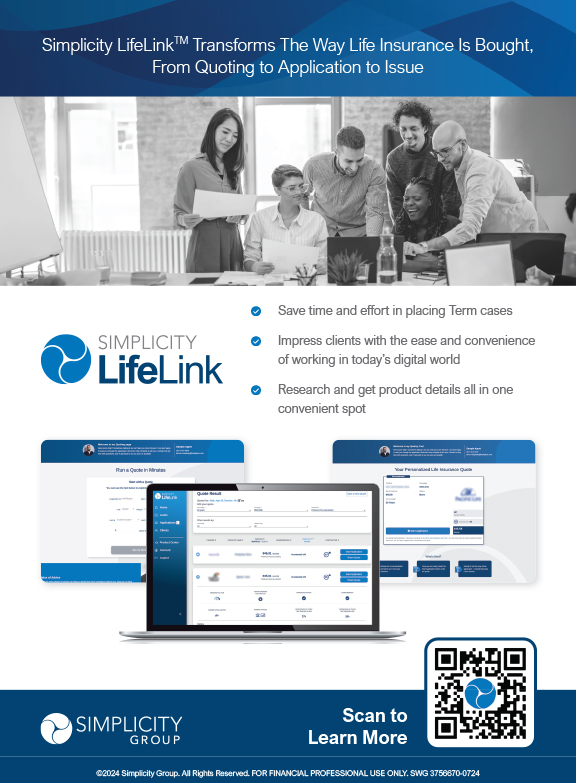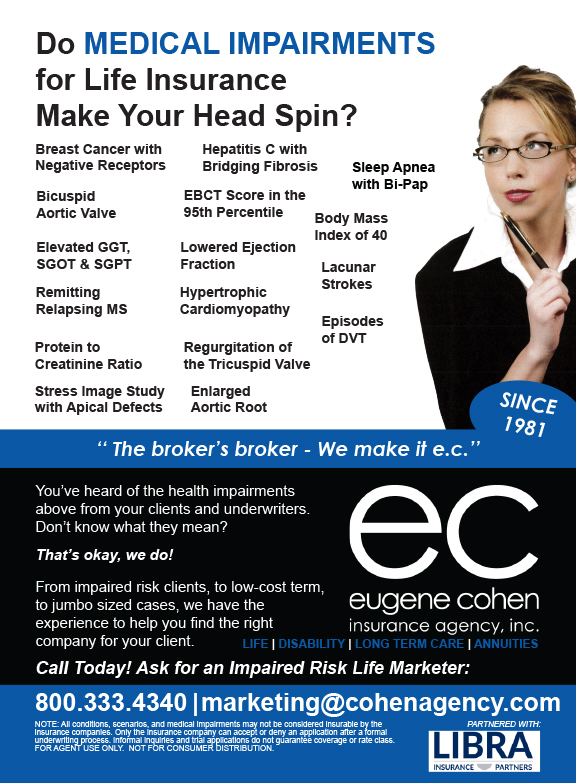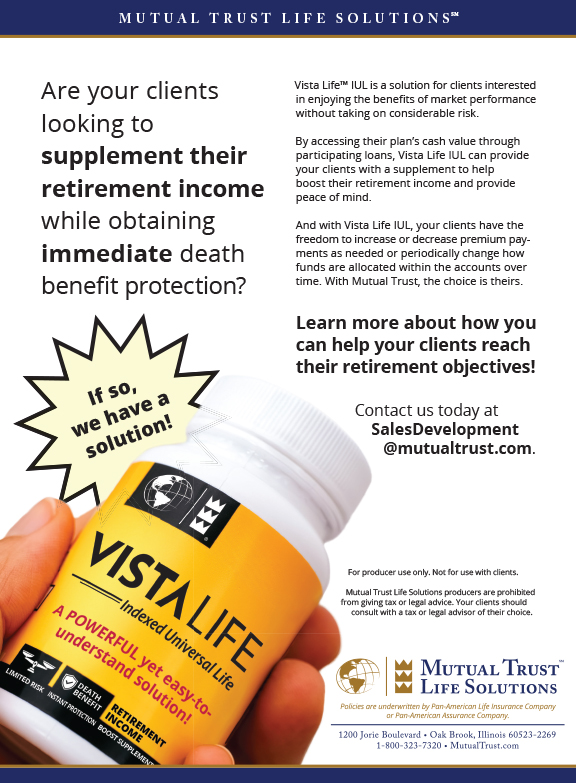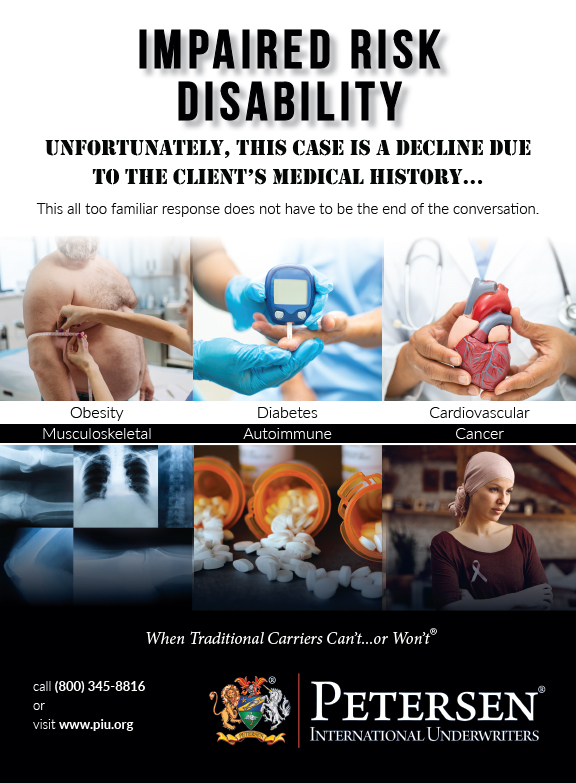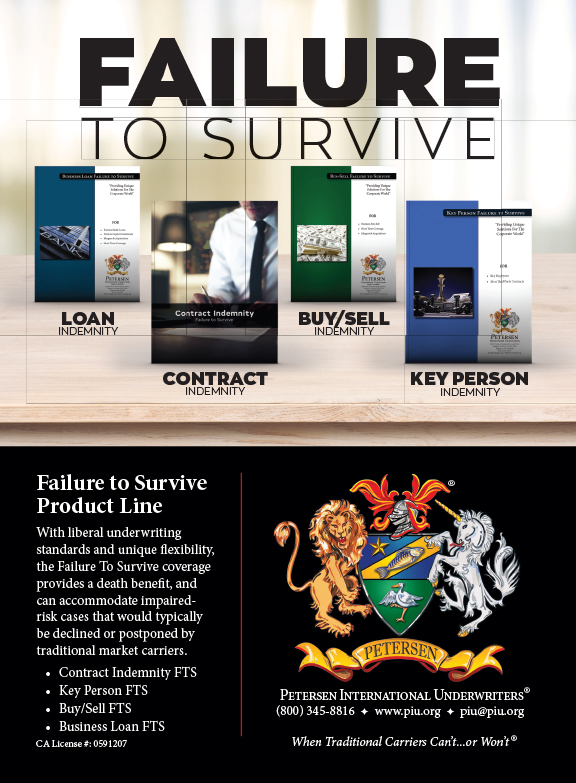The benefits of a charitable remainder trust (CRT) working in tandem with an irrevocable life insurance trust (ILIT) are significant for charitable-minded estate owners looking to benefit a public charity or their own private charitable foundation.
How does a CRT work, and what are the valuable benefits it can provide? The CRT can be formed either as a charitable remainder annuity trust (CRAT) which can provide a fixed lifetime income to the donor or as a charitable remainder unitrust (CRUT) which can provide a fixed percentage end of year value lifetime income to the donor.
Some of the great tax benefits that accrue to the grantor of a CRT:
• A lifetime income stream for the single life or joint lives of the donor(s).
• Capital gain on capital assets transferred to the CRT can be spread over the lifetime of the donor.
• A significant income tax deduction for the present value of the remainder amount donated.
• The assets remaining in the CRT at the donor’s death are allowed a 100 percent charitable estate tax deduction.
• Part of the after-tax lifetime income stream and part of the tax savings on the income tax deduction can be used to fund the insurance premiums of the ILIT for the benefit of the donor’s heirs.
• At the donor’s death, the charity receives a significant deferred gift to use for its own charitable purposes.
Case Studies of Single Life CRT
and Joint Life CRT
Here are examples of a CRUT, first for a single donor and then for joint donors. Assume $1 million of appreciated stocks or equity mutual funds are transferred to the CRUT. Life #1 is age 65 and life #2 is also age 65. Assume the current adjusted federal midterm rate (AFMR) is 2.2 percent. The stated quarterly payout rate in the CRUT document is 5 percent and the assumed rate of growth of the CRUT assets is also 5 percent.
Single life CRUT and single life ILIT:
• The donor receives a lifetime income stream of +/- $50,000 per year. Part of each annual payment is ordinary income (tier 1) and part is capital gain (tier 2).
• The donor receives an income tax deduction of $448,980. This deduction is subject to either the 30 percent annual AGI limit (public charities) or the 20 percent annual AGI limit (private foundations) with a five year carry-forward for unused deductions.
• At the death of the donor, +/- $1 million of asset value (non-guaranteed) is transferred to the designated charity as the remainder beneficiary of the CRUT.
• Part of the after-tax income stream and/or part of the income tax savings are used to fund a $1 million no-lapse universal life (UL) policy owned by an ILIT to restore for the heirs the remaining asset value that passes to the charity at the donor’s death.
Joint life CRUT and survivorship life ILIT:
• The donors receive a lifetime income stream of +/- $50,000 per year for their joint lives. Part of each annual payment is ordinary income (tier 1) and part is capital gain (tier 2).
• The donors receive an income tax deduction of $337,670. This deduction is subject to either the 30 percent annual AGI limit (public charities) or the 20 percent annual AGI limit (private foundations) with a five year carry-forward for unused deductions.
• At the death of the surviving donor, +/- $1 million of asset value (non-guaranteed) is transferred to the designated charity as the remainder beneficiary of the CRUT.
• Part of the after-tax income stream and/or part of the income tax savings are used to fund a $1 million no-lapse survivorship universal life (SUL) policy owned by an ILIT to restore for the heirs the remaining asset value that passes to the charity at the donor’s death.
The trustee of the CRT may invest the donated assets in a wide variety of financial assets including stocks, bonds, mutual funds and rental real estate. It is even permissible for a CRT to invest in deferred annuity products if desired. The deferred annuity should have a feature which allows partial withdrawals without surrender charge penalties so that the CRT trustee can make the annual required lifetime payment to the donor(s).






